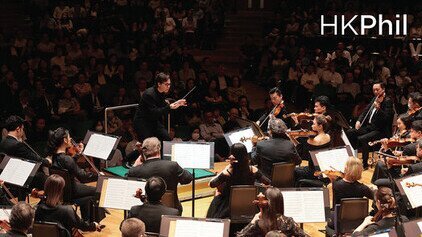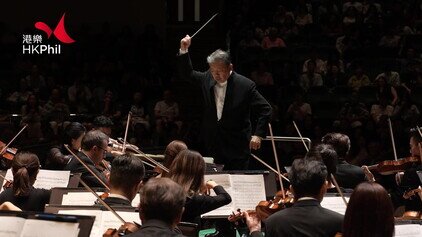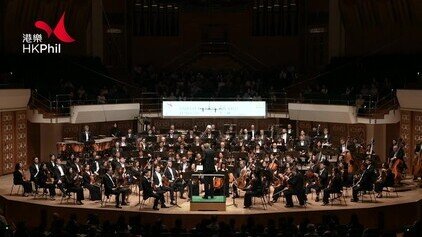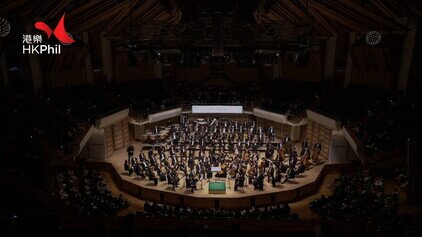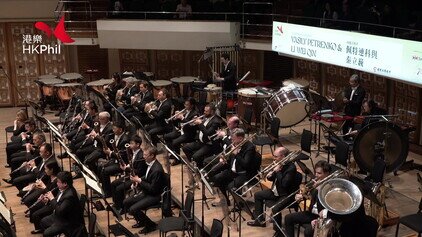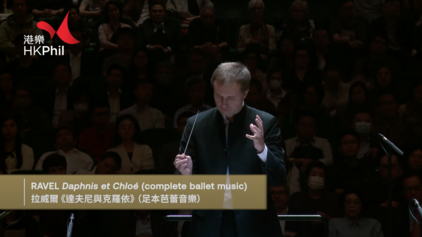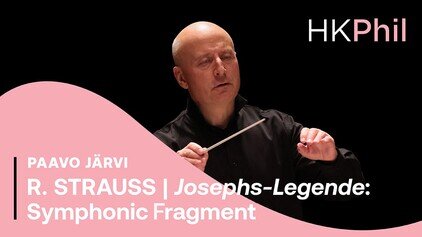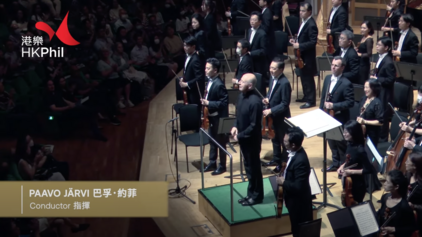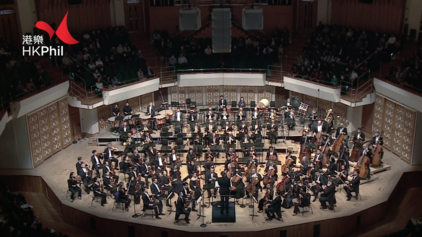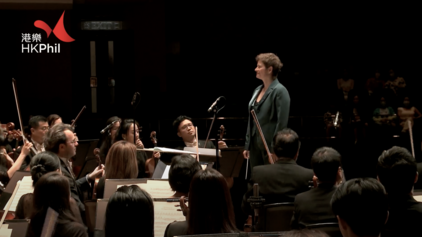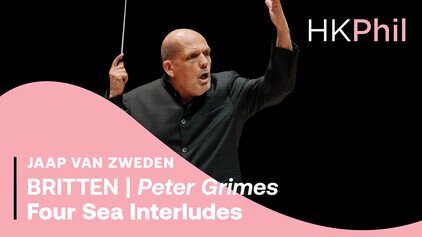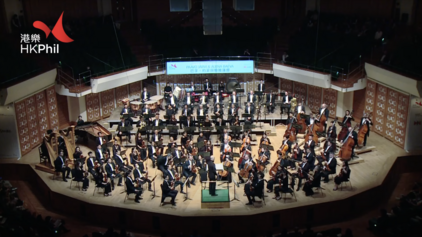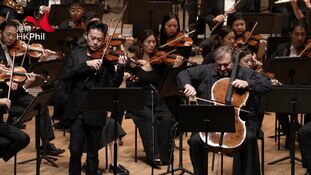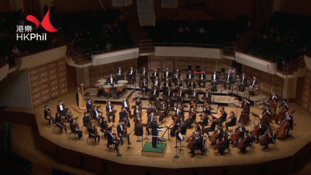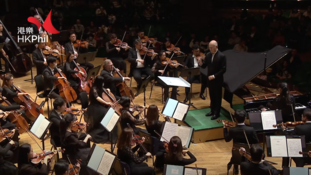SCHUBERT | Trout Quintet
PROGRAMME
FRANZ SCHUBERT (1797-1828)
Piano Quintet in A, D. 667, Trout
- Allegro vivace
- Andante
- Scherzo: Presto
- Theme & Variations: Andantino
- Finale: Allegro giusto
Throughout the summer months of July, August and September 1819, Schubert stayed in the beautiful countryside around Steyr in the Austrian Alps. These were the happiest months of his life. The air was clean, the countryside enchanting and the way of life peaceful and unhurried, while an added attraction came in the shapely form of his host’s eight daughters – “almost all pretty”, he wrote – and he enjoyed many pleasant evenings making music with them and their friends. A frequent participant in these musical soirées was Sylvester Paumgartner, a wealthy local amateur cellist. Paumgartner had assembled a small ensemble in order to perform Hummel’s Grand Quintet and commissioned Schubert to compose a work especially for them. The Hummel work was unusual in that it included a part for double bass – an instrument rarely found in chamber ensembles – and Schubert’s work was to be scored for the same instruments. Back in Vienna that October, Schubert completed his Trout Quintet and posted the finished score to Paumgartner. It was published 10 years later, a year after Schubert’s death; he was never to know that it was to become one of his most famous pieces and probably the most popular of all chamber works.
Something of the happiness Schubert experienced whilst staying at Steyr, not to mention its bright, clear mountain air and the glorious countryside in the height of summer, permeates every note of the Quintet. The first movement is, above all, redolent of simple, easygoing pleasures and the rippling piano nicely counterbalances the occasional soaring flights from the violin. The second movement has about it an air of indolence: like lying back in the gentle afternoon sun and watching the world go by. Only the third movement shows any real sign of energy, and that is the energy of playfulness and fun. Schubert composed his song “Die Forelle” (The Trout) in 1817 and it was one of the most popular songs with the girls at Steyr; which is probably why Schubert chose to use it again in the Quintet’s fourth movement. The original song tells of an unsuspecting fish, swimming in a clear stream, being lured into a trap by a fisherman who, in dastardly fashion, muddies the water to obscure his hook. The movement opens with the original song theme given out by the strings alone, after which come six variations. In the first variation, the violin, viola and cello provide a gently rippling accompaniment to the theme given out in octaves by the piano. The second gives a flowing line to the violin which sparkles like a fresh mountain stream while the lower strings and piano indulge in a kind of conversational statement of the theme. The third finds the piano in a very animated mood, gushing and cascading like a fountain, above the theme given out by cello and double bass. The fourth depicts the battle between the trout and the fisherman, while the fifth, with its doleful version of theme given out by a high cello accompanied by sad little figurations from the other instruments, implies the fish’s battle has been lost. With the final variation we hear the song very much in its original guise, the deliciously rippling accompaniment passing between the violin and the piano and, finally, to the cello. The fifth movement provides a suitably cheerful ending to an uninterruptedly sunny work.
Programme notes by Dr Marc Rochester
ARTISTS
SUPPORT THE HK PHIL'S ONLINE PROGRAMMES
The Ambassador Fund allows the orchestra to produce various online programmes, keeping our connection with the communities. The HK Phil has released over 80 online programmes and garnered over 1.5 million views since the pandemic. Your donation supports production costs incurred and helps us share music!
All Performances
Other videos in this series










